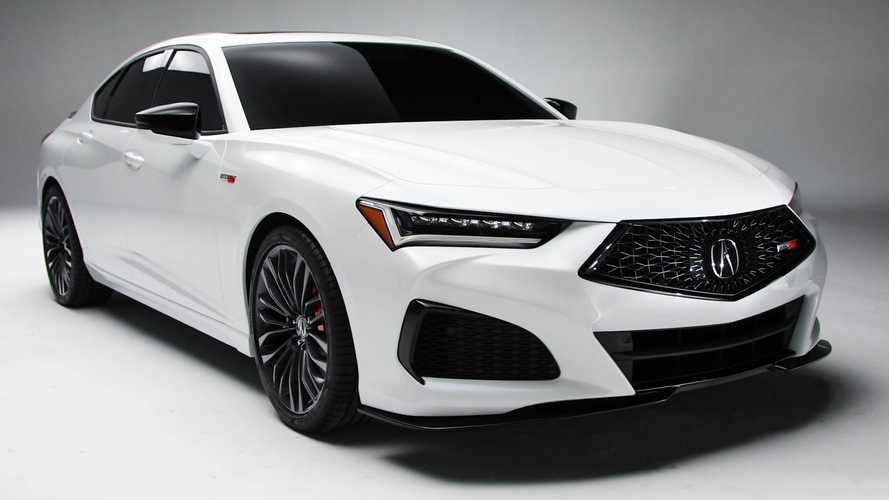August 20, 2020 — TORRANCE, CALIF.
New model packs more performance and features at a starting price of $37,500
High performance Type S variant to arrive next spring
The 2021 Acura TLX is set to launch nationwide September 28th as the quickest, best-handling and most well-appointed sedan in the brand’s 35-year history. Built upon a model-exclusive body structure and chassis architecture, the 2021 TLX 2.0T will carry a Manufacturer’s Suggested Retail Price (MSRP) of $37,5001, an increase of $1,300 over the outgoing 3.5-liter V6-powered TLX. Acura’s torque vectoring Super Handling All-Wheel Drive™ (SH-AWD®) system is available on all trims for an additional $2,000. The TLX Type S, with Acura’s new 3.0-liter V6 Turbo and standard Super Handling All-Wheel Drive, arrives next spring well-equipped in the low to mid $50,000s.
Complementing its stunning new design and athletic stance, the TLX’s new 2.0-liter DOHC VTEC® Turbo delivers more peak torque (+13 lb.-ft.) than the outgoing 3.5-liter V6, with a dramatic increase at the low end of the rev range (+48 lb.-ft. @ 1,500 rpm). Compared to the outgoing entry 2.4L model, the new TLX offers substantially more performance (+66 horsepower, +98 lb.-ft. peak torque) and major increases to technologies and premium amenities – establishing a new and more upmarket entry point for the Acura sedan.
Additional performance improvements for the 2021 TLX include a quick-shifting 10-speed transmission, sport-tuned chassis with double wishbone front suspension, NSX-derived electro-servo brake-by-wire technology, and available adaptive dampers.
Best-in-class technologies new to TLX include a new implementation of Acura’s True Touchpad Interface™ with a 10.2 inch HD center display, an available 17-speaker ELS STUDIO 3DÒ premium audio system, and color and intensity adjustable LED interior ambient lighting with up to 27 IconicDrive™ themes. The new TLX expands on its standard AcuraWatch™ suite of advanced safety and driver-assistive technologies with the addition of Traffic Jam Assist (TJA) and Traffic Sign Recognition, as well as an industry first next-generation passenger front airbag designed to mitigate potential injury in more steeply angled frontal collisions.






 Time
Time